Heeeyho Readers! Let's visit Fuerte San Miguel, in Uruguay.
A one-of-a-kind opportunity popped up last weekend, when I managed to take my parents and brother to a family trip. To contribute to the vibe, last Sunday was Father's Day in Brazil. Win, win.
For the second consecutive year I head to Uruguay to attend a mountain bike race. Last year's wasn't technically in Uruguay, but considering you can physically step in both countries at the same time (Brazil - Uruguay) while standing on the main avenue in Chuy... we can say it was in Uruguay. That's right, the border runs through the main avenue: Brazil Av. is on the Uruguayan side; Uruguay Av. is on the Brazilian side. Original, isn't it?
We arrived on Saturday evening and the race was scheduled for Sunday morning in the Parque Nacional San Miguel. After dropping our stuff at the Airbnb and leaving mom and brother at the free-trade zone — that kinda place you shop exempted from import taxes —, dad and I headed to the national park to inspect the track and visit the old fort.
Fuerte San Miguel, Uruguay
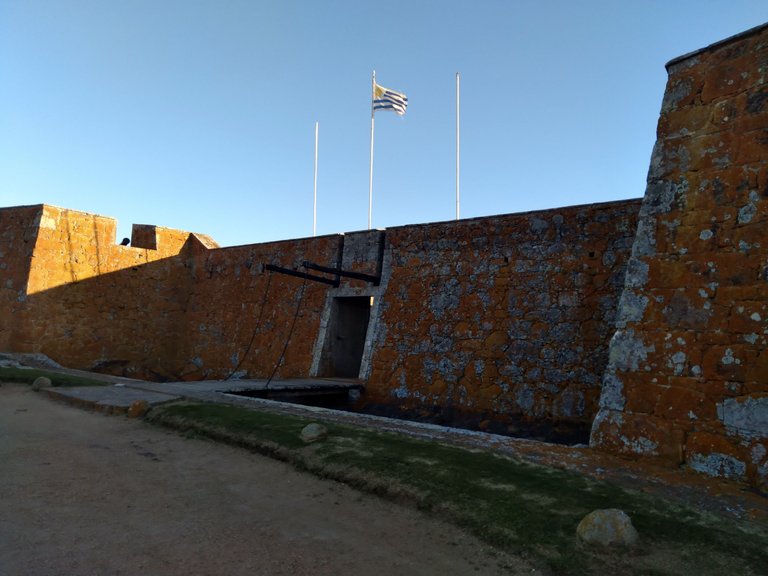
Dad and I rushed to get to the fort before 1700h. Unfortunately, we missed the opportunity to visit the interior as the fort was already closed. Perhaps we could storm the walls and reclaim the fortification for the Portuguese {laughs}.
The story permeating the fort of San Miguel is vast and confusing since the Portuguese and Spaniards fought for the region known today as Uruguay (República Oriental del Uruguay — 7 de Agosto de 1828).
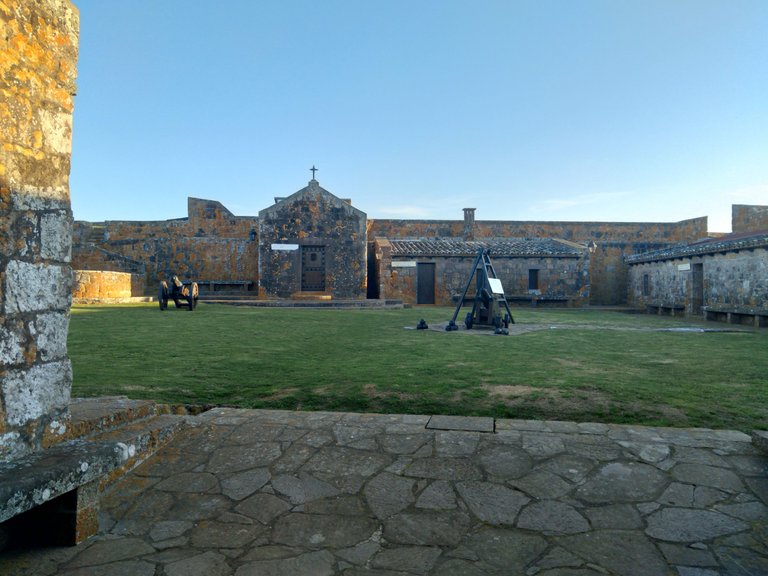
If you really want to dig in the history I strongly suggest to visit this Wikipedia article. For the lazy bums, a summary with commentary:
The initial settlement of Portuguese troops in the region dates back to 1737; the place started as a small observation post. By 1740 it began to look like a fort, featuring a star format with four bastions. After a few treats and false handshakes between Portuguese and Spaniards, the Portuguese decided to strengthen their defenses fearing the Spanish advance. In October, 1762, the Spanish conquered Colonia del Sacramento — bloody putos were thirsty for some Portuguese chicks. By April, 1763, the Spanish had conquered Fortaleza de Santa Tereza and also San Miguel. In 1775 engineer Bernardo Lecocq made reinforcement works to the structure of the fort, with a British (Hello, British? wtf!) invasion imminent. In 1797, the fort reached its peak as a stronghold when it was strengthened further, again in anticipation of war (could you stop killing each other?). After Uruguayan independence in 1828, the fort was deactivated and abandoned, becoming a ruin over time to only be restored in 1937.
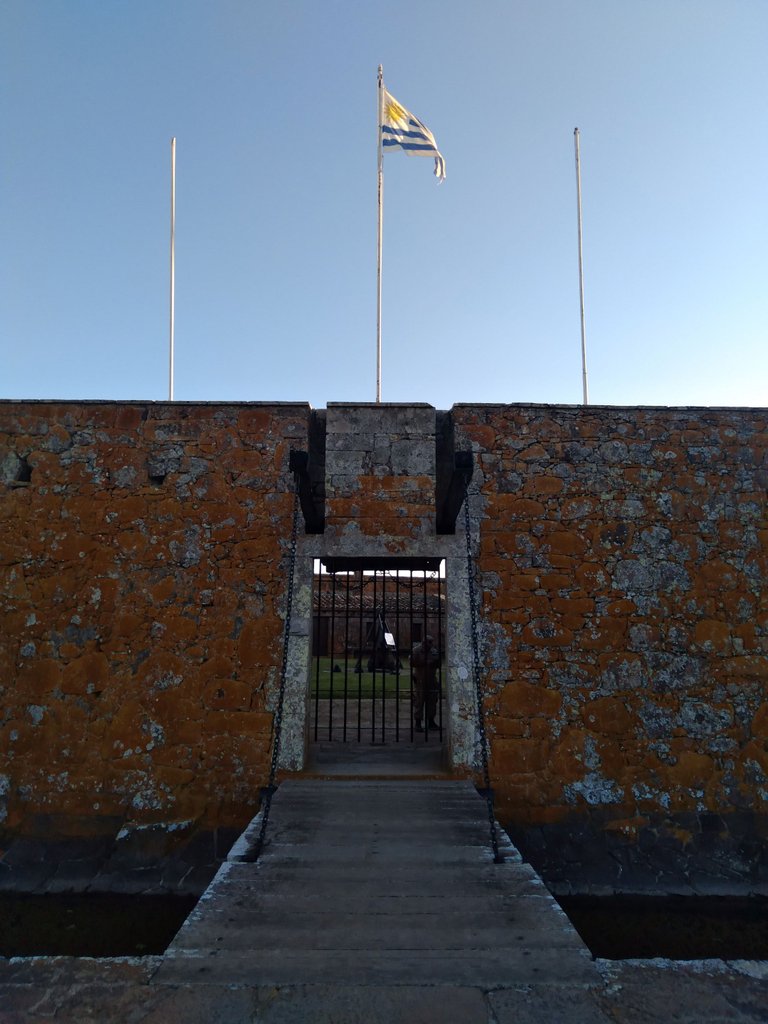
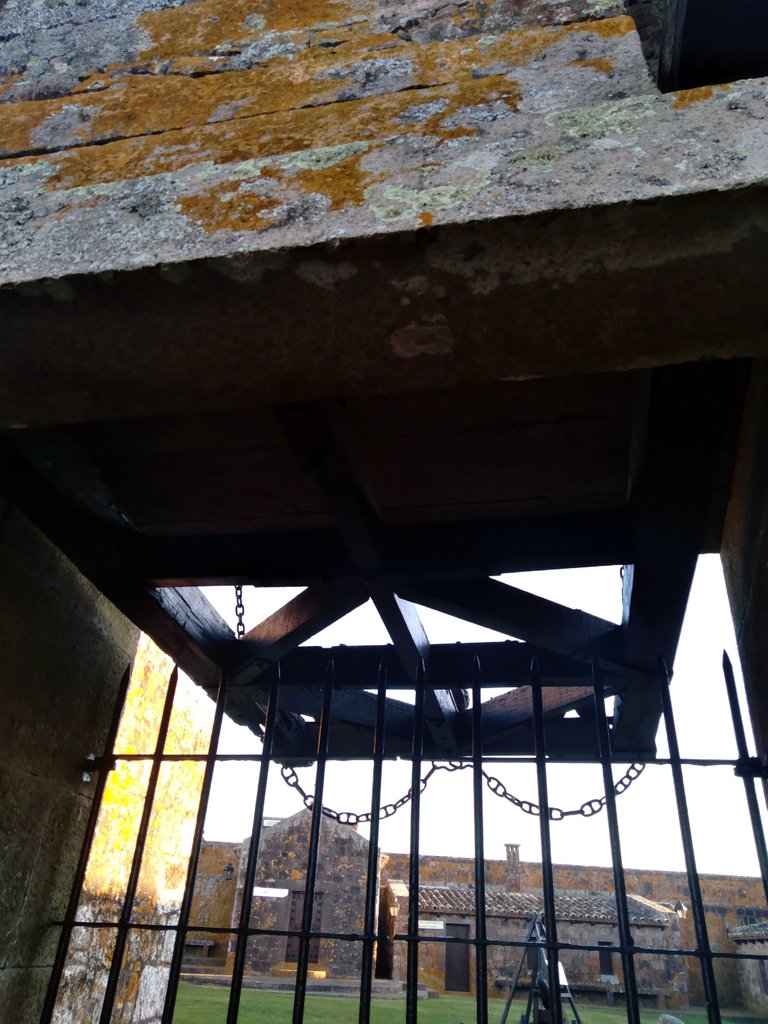
I don't think the drawbridge still works, although the mechanism (hinges and chains) are there. The end attached to the wall has a massive hinge system, whereas the chains go through the thick stone wall and attach to a counter-weight.

The walls are made of granite featuring a rectangular plan, with pentagonal bastions at the vertices, topped off by guardhouses. The perimeter totals three hundred meters.
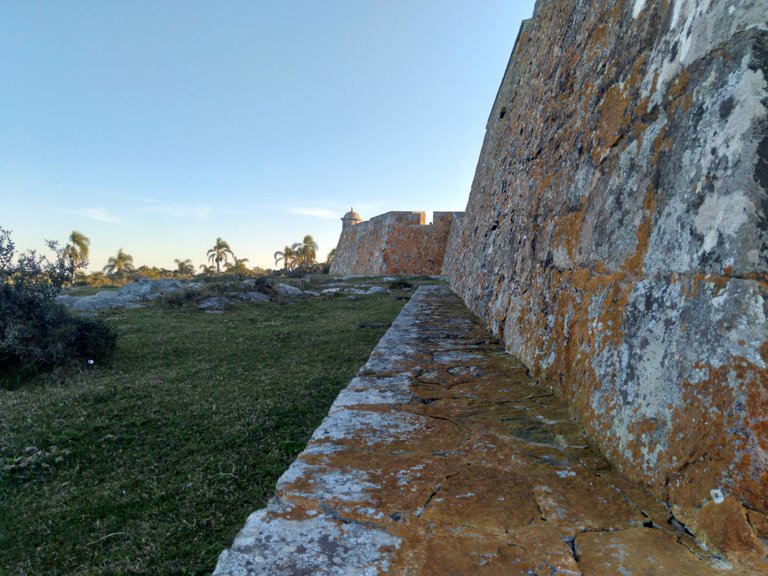
I could immediately see the vantage point of San Miguel. At thirty-five meters above sea level, an observer can contemplate far into the horizon, and attackers are faced with many natural barriers before reaching the fort, including river San Miguel and a vast swamped area.
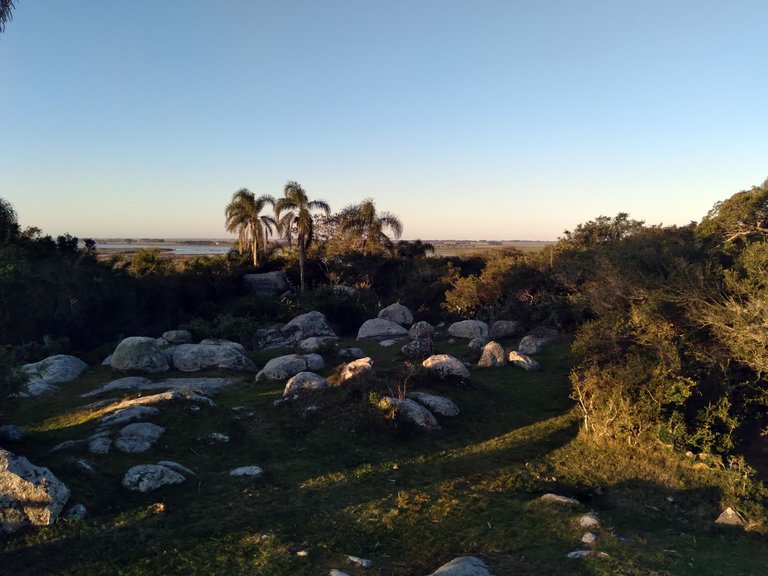
Outside, amidst the forest, we visited the historical cemetery. Right upon entering, one can see a granite tomb with the word 'osario' engraved into the stone. I presume it means 'ossary', meaning a tomb where bones are deposited.
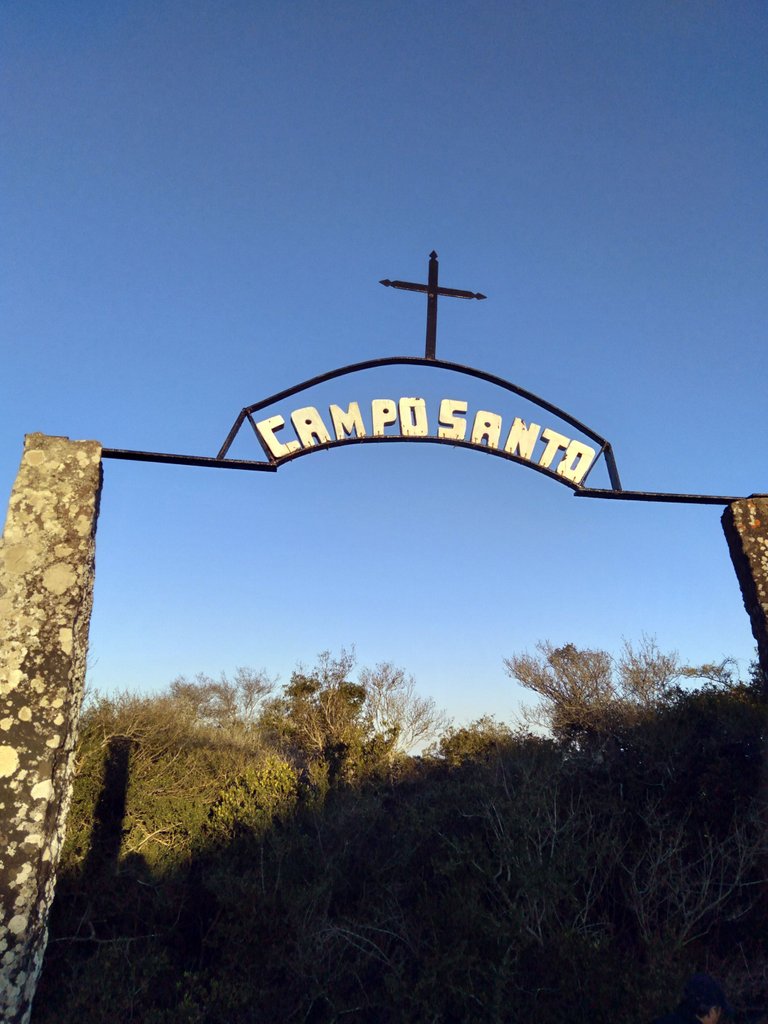
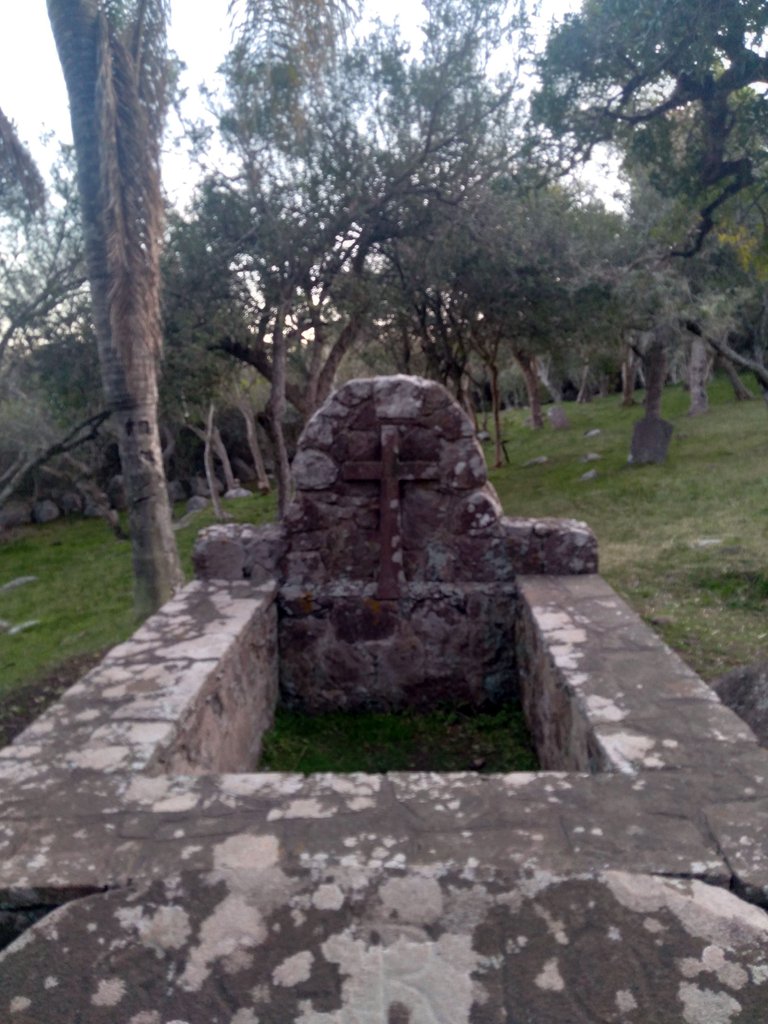
Graves are simple and scattered along the field. Better to be buried below a tree than somewhere fancy, I think. There are no names of those here resting, unfortunately.
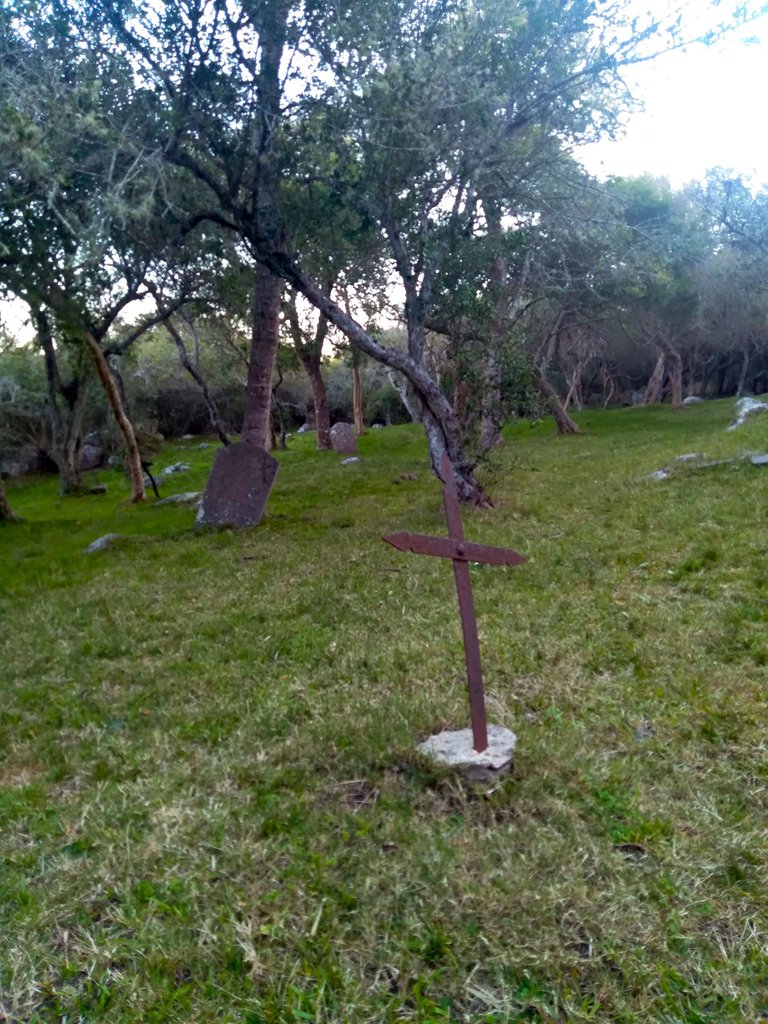
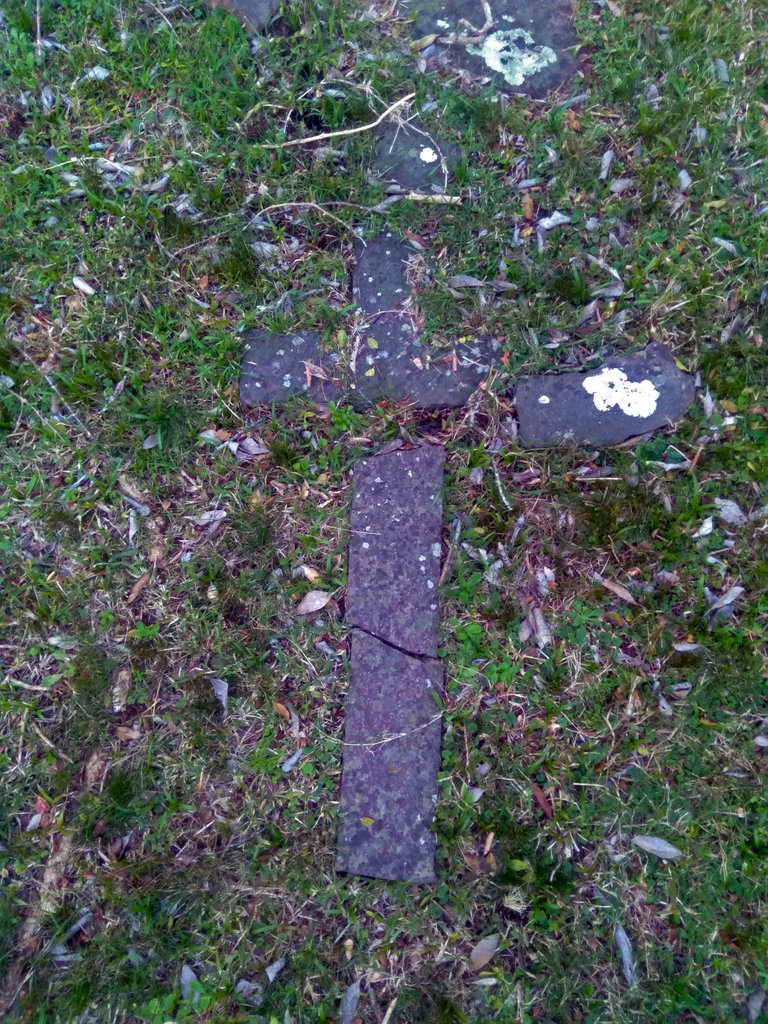
Soon the sun begins to set and we have to head home to pick mom and brother. I take some time to inspect parts of the mountain bike track. We didn't have much time to explore, but we got a glimpse of how hard life must've been during the 1700's.
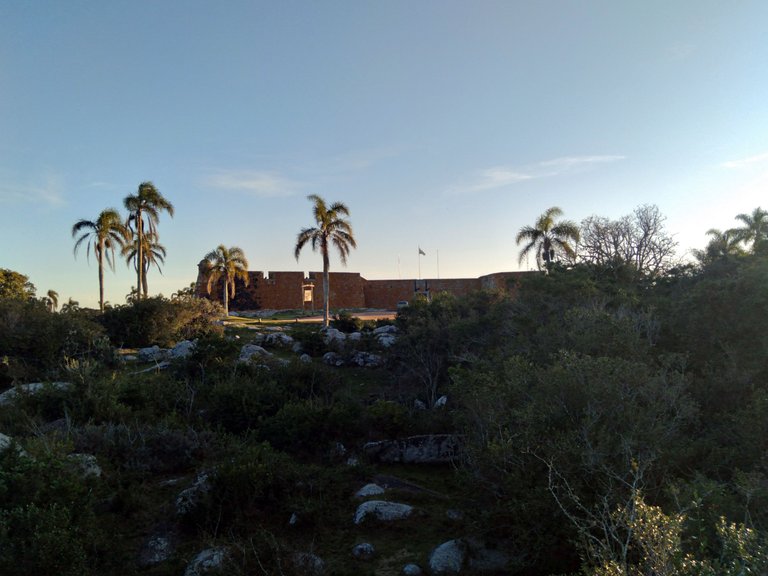
In the end it was a day well-spent just before father's day. Now it was time for a deserved shower and plenty of rest before the race. I hope you've enjoyed knowing a little bit about the history in the far south of Brazil.
Peace.
Did you know that I have a book out? Check this!
Access Link: https://www.amazon.com/dp/6500272773?
If you enjoyed this post consider leaving your upvote for a hot coffee.
Find me on Twitter: https://twitter.com/mrprofessor_
~Love ya all,

Disclaimer: The author of this post is a convict broke backpacker, who has travelled more than 10.000 km hitchhiking and more than 5.000 km cycling. Following him may cause severe problems of wanderlust and inquietud. You've been warned.

I'm Arthur. I blog about Adventure Stories, Brazil, Travel, Camping, & Life Experiences.
Follow me to stay tuned for more craziness and tips.
For the best experience view this post on Liketu







